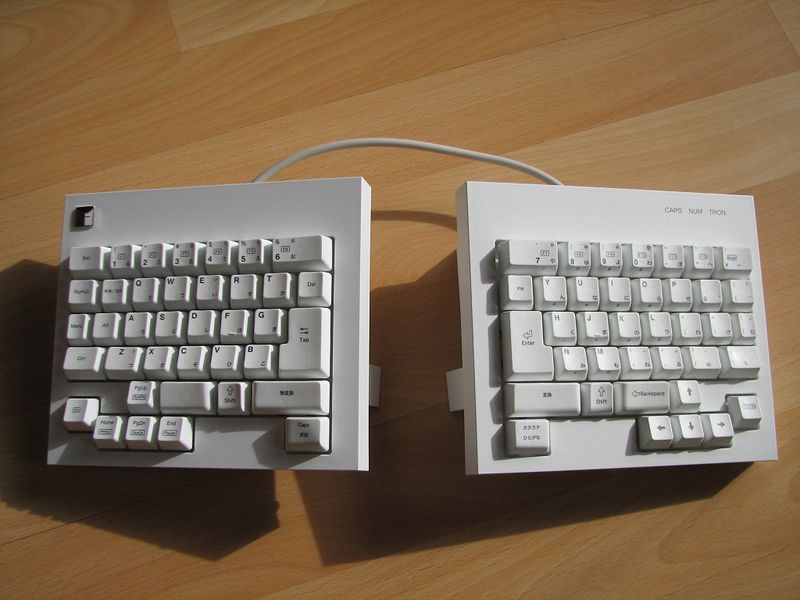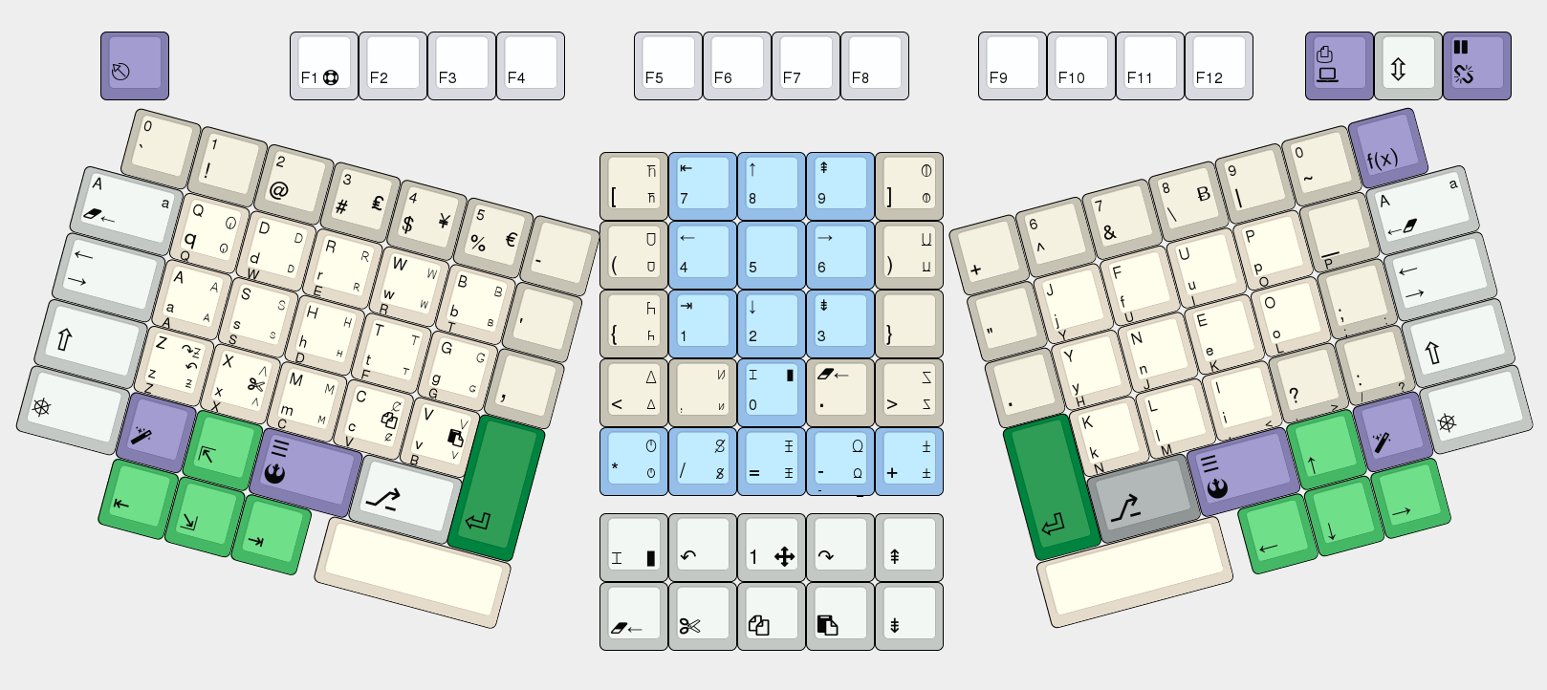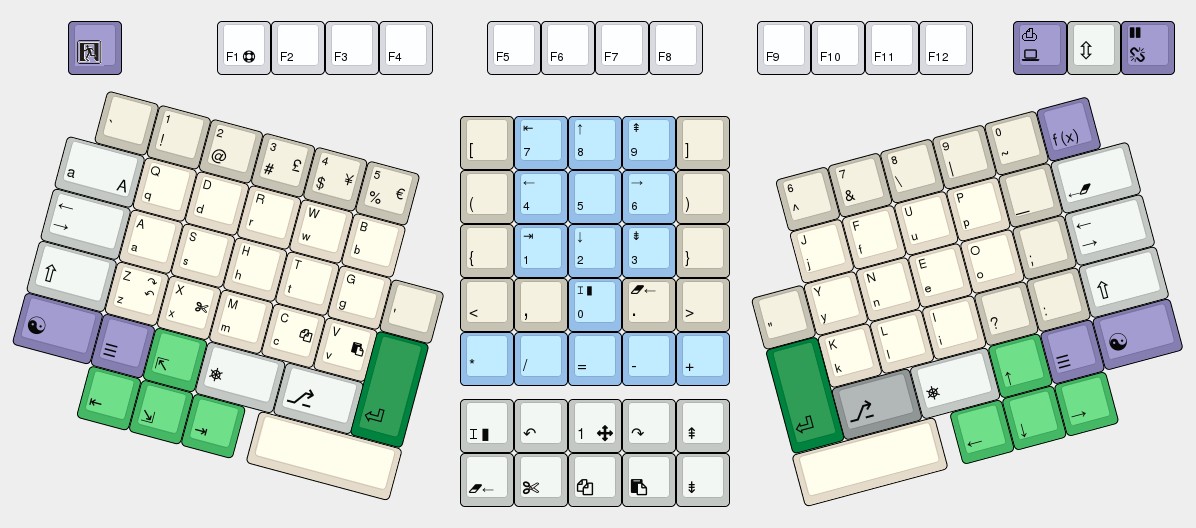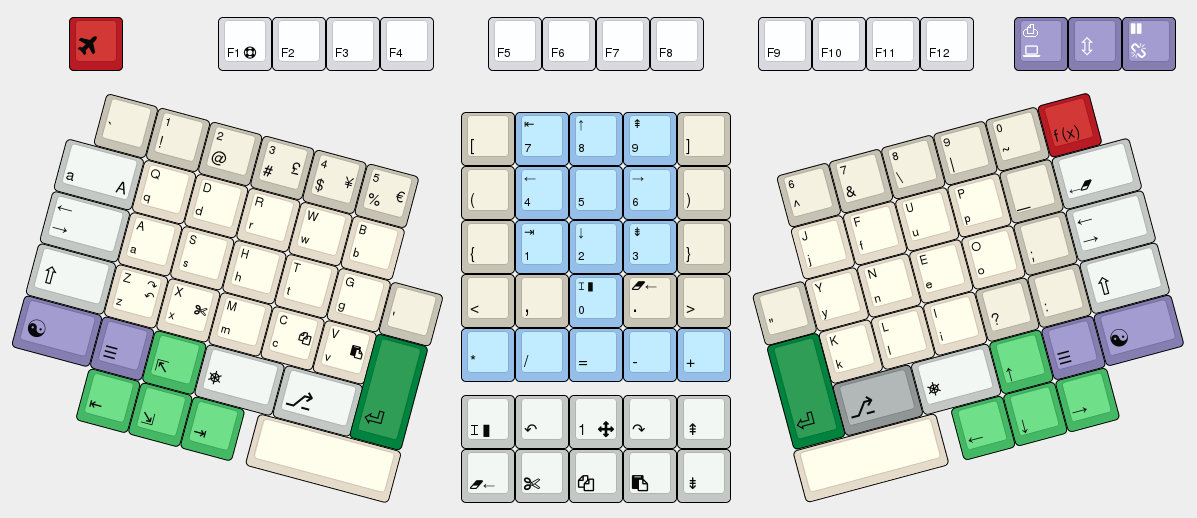On Father’s day my daughter and I went to see the new Disney/Pixar film “Inside Out”. If you haven’t seen it yet, you should… It’s not just for kids but it is indeed ideal family fare.
In recent years Pixar has been fronting their films with a short, which hearkens back to how cinemas used to work when I was a kid … there was often a ‘serial’ to encourage you to come back next week, newsreels (no TV back then), or animated shorts for the kids.
This time around, we get a bittersweet romance between two volcanoes, which takes place over the course of millions of years. The twenty-somethings don’t know enough about life to appreciate it, but the older people will, and the young kids will just enjoy the animation and music. Speaking of which, it’s a really plaintive and infectious song, sung with a ukelele. It’s available to buy on Amazon or iTunes, and you can watch here courtesy of YouTube:




